Difference Between Soundproofing and Sound Absorption
People often conflate the terms soundproofing and sound absorption. It’s understandable, as they are intricately intertwined, but there is a difference between the two. When it comes time to treat any space for noise control, understanding that difference will help you design an effective solution. Let’s begin by looking at how the terms differ in terms of a noise control plan.
Soundproofing
This is the most common term that gets thrown around when we talk about controlling noise. No matter what kind of treatment a room gets, many people refer to it as soundproofing. That’s not entirely correct.
Soundproofing is the act of adding sound blockers to the walls, floors, and ceilings of the space. Those blockers most often come in the form of added mass and density and tools that decouple surfaces. Here’s how each concept works.
Added Mass and Density
Adding mass and density to surfaces is one of the most effective means of soundproofing spaces. This should be your starting point. The thicker and denser a wall or ceiling structure is, the less likely vibrations can pass all the way through.
In a basement, almost no sound escapes. That’s because the mass and density of basement walls, paired with the earth surrounding them, have a huge amount of mass and density built in. If you’re working with walls that don’t have the benefit of cinder block and earth construction, there are a couple easy to use products that add mass and density without opening your walls.
Mass Loaded Vinyl
MLV, or mass loaded vinyl, is a high density sound wave blocker that’s sold in rolls. It can easily be rolled out onto home or office surfaces to add both mass and density at the same time. MLV is easy to work with and can be applied before or after drywall. It’s an easy DIY project that produces fantastic results.
Exposed MLV can release chemicals that are hazardous to your health, however, so be sure you cover it if you are applying it to an existing wall.
Double up the Drywall
Since mass loaded vinyl shouldn’t be left exposed, you’ll want to cover it with another material. One of the simplest and most effective materials is going to be a second layer of drywall. Once finished and painted, you won’t notice a visual difference between your soundproof wall and the old one, but you will notice an improvement in its sound blocking ability.
One thing you must consider before adding extra drywall is your home’s ability to support the added weight. The thicker the drywall, the heavier it is, so use the thickness as a basis for your determination. If you have questions, consult a professional beforehand.
Decoupling Surfaces
Another effective means of soundproofing spaces is decoupling surfaces. This means breaking direct pathways that sound waves could take to reach the other side. This can be accomplished with gaps and materials that transform vibrations into heat. Both methods prevent vibrations from reaching the other side and turning into unwanted noise.
Much of this is done on the inside of the wall, meaning the best opportunity is during the initial build or construction projects that leave the walls open. If you don’t want to open the walls up, you can still add some decoupling materials to help stop the passage of vibrational energy from one section of the surface to the next. We’ve got a simple product with an easy application process that will block sound from traversing your walls.
Green Glue
If you want to decouple your walls without getting involved in a big construction project, green glue is the perfect product. Simply run a bead back and forth across your drywall and sandwich it with another layer of drywall. Any vibrational energy that reaches the green glue is transformed into heat energy, ending your noise nightmares once and for all.
Sound Absorption
Sound absorption is an important part of any soundproofing plan. That’s because sound absorbing materials soak up sound waves and prevent them from endlessly bouncing around the room, causing acoustical issues and background noise. Sound absorbent materials improve the sound in spaces in a couple of ways.
First, sound absorption is one of the most important steps in improving acoustics. When sound waves are allowed to reflect, they can cause echo and reverberation. Most people are familiar with the concept of echo. Sound waves bounce off flat surfaces and return to the source, creating a delayed repeat of the original sound. It’s fun when we’re kids, but can cause communication issues when we experience it in social settings and media rooms. Removing echo through sound absorption is key to improving acoustics and reducing excess noise.
Another issue caused by sound reflections is reverberation. When too many sound reflections build up in space, they actually increase in volume and make it more difficult to hear our family and friends in conversation. Most of us end up speaking louder to compensate, which only makes the problem more pronounced. Adding sound absorbing materials into the room will help absorb enough reflections to prevent them from building up.
When it comes to soundproofing, these sound absorbing materials help by reducing the amount of noise that needs to be contained. Simple solutions such as adding plush, fabric covered furniture, carpeted floors, and blankets to the space will help some. However, you’ll get much better results with professional products. Let’s look at a few.
Acoustical Panels
When it comes to sound absorption, one of the most common tools professionals use is the acoustical panel. The reason is that they are highly effective and come in enough styles to match any type of interior design scheme. Whether you’re looking for an eco-friendly wood wool option that looks great and absorbs a ton of sound or the versatility of printable fabric wrapped acoustical panels, there are options that will fit your bill perfectly.
Acoustical panels allow sound waves in and trap them. That means fewer reflections and fewer opportunities for interior noise to get out of control.
Ceiling Clouds
Another way to use acoustical panels is to suspend them from the ceiling. Not only will this absorb sound reflections as they criss-cross the room, but they can also absorb sound emanating from your overhead mechanical, electrical, and plumbing (MEP) systems.
They combine form and function in the same wonderful way as their wall-mounted counterparts, but provide an added benefit. Panels suspended from the ceiling in creative ways will produce a visual pop that’s hard to replicate with other materials. Ceiling clouds are an eye catching noise absorption product that will have everyone talking.
Acoustical Curtains
If a room has windows, those portals are potential problem areas when it comes to sound wave reflections. You don’t want to mount acoustical panels directly to the panes, but those hard, reflective surfaces can be real troublemakers where echo and reverb are concerned. Acoustical curtains deliver a great way to tackle sound absorption around your windows.
As opposed to traditional curtains, acoustical curtains are incredibly thick and absorptive. That means placing them in front of windows will block most sound waves in the room from reaching the glass and prevent any reflections from returning to the room. They also do a great job of blocking outside noises and daylight, making them a perfect soundproofing and sound absorption solution for board rooms and home theaters.
Sound Absorption vs Sound Blocking: Choosing the Right Materials for Your Application
Choosing the proper materials comes down largely to the application and what you’re trying to accomplish. If your main issue is poor acoustics and background noise that makes it harder to communicate, sound absorbing materials will do you a world of good. If your main issues involve sound passing into or out of the room, you’ll need soundproofing materials to solve the problem. To get the best sound possible, it’s important to utilize both in the right combination.
Work with Professionals
If you’re still unsure which materials to use in the soundproof vs sound absorbing materials debate, working with professionals will help you make the right choice. Not only are we incredibly knowledgeable about all things soundproofing and sound absorption, but we’ve worked with all kinds of spaces and applications. This knowledge allows us to design sound improvement plans that are highly effective and won’t break the bank. Tapping that knowledge will ensure your project is successful without wasting your time or money. Reach out when you’re ready.

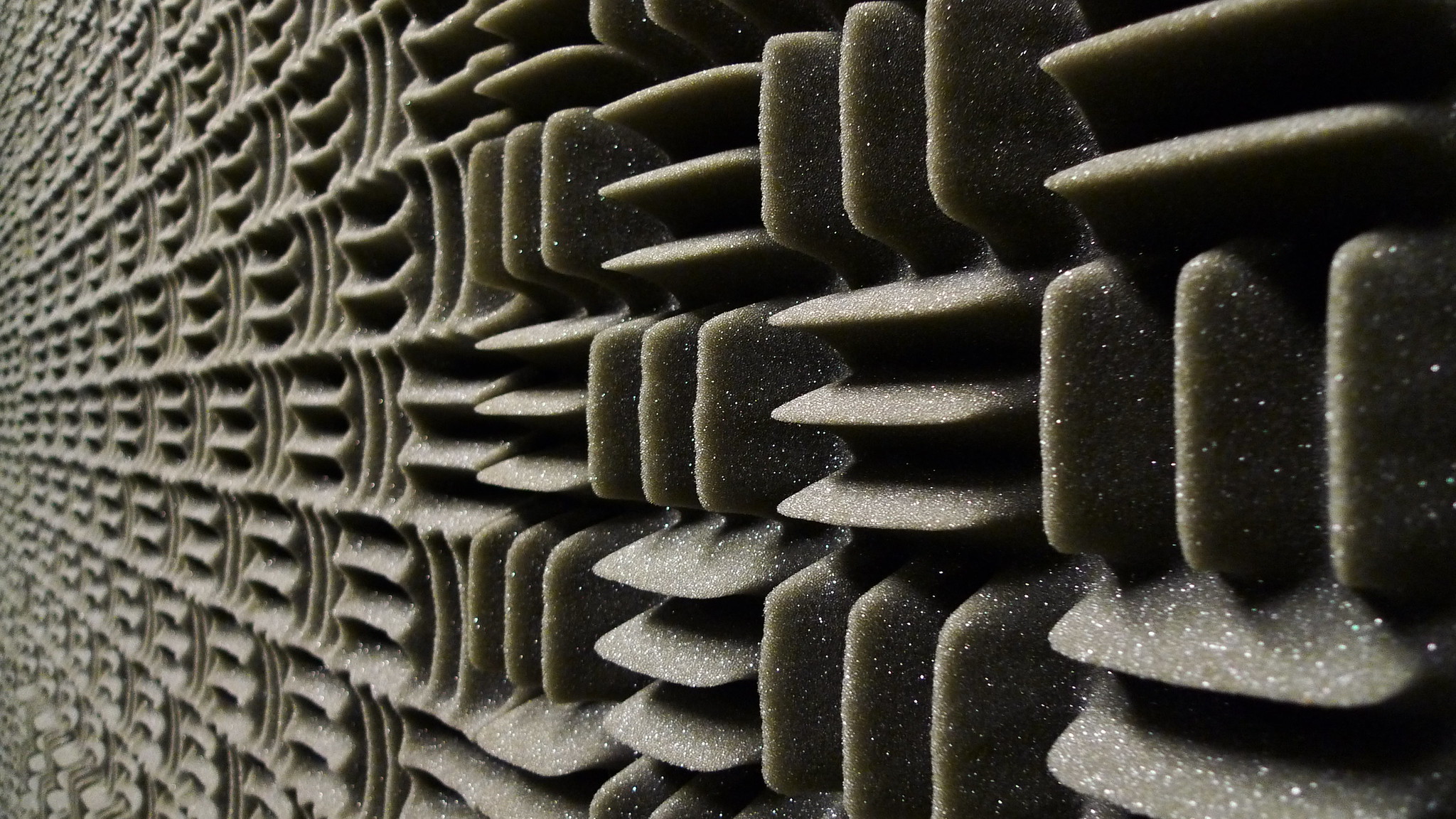


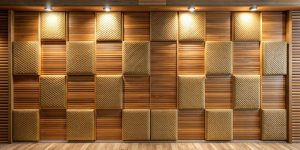
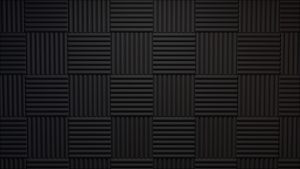
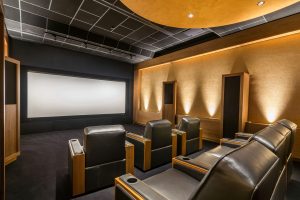




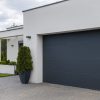





Leave a reply
You must be logged in to post a comment.